It’s been drilled into us for years that we should try to exercise at least 30 minutes every day. But how important is it to move our bodies daily?
Effects of Exercise on the Brain
There are obvious benefits to the body when we exercise, but how does exercise affect the brain? Studies show exercise can:
- Increase flow of oxygenated blood to the brain
- Promote new growth and neuronal connections in the brain
- Release beneficial hormones
- Improve our ability to cope with stress
- Improve our ability to concentrate
- Increases brain volume
So why is all of this important? An oxygenated brain is a brain that has more potential for growth and plasticity. This means your brain is more capable of changing or learning, not just as we age, but as we recover from injury as well. Studies have also shown growth in the hippocampus as a result of regular exercise, which is an area of the brain that houses some of our learning and memory functions. So exercise can improve cognitive function and help us retain and recall information.
It may sound contrary, but exercise can offer pain relief. Initially, it may be hard to get off the couch and hit the gym, but once we find a groove with our exercise of choice those endorphins kick in.
Hormones and Chemicals Produced During Exercise
Why does it matter that exercise helps our brains produce hormones? Isn’t the brain doing that anyway? This is true, but exercise can give us a burst of cortisol, a stress relief hormone, and natural opioids commonly referred to as endorphins. The combination of endorphins can create the temporary, exercise-induced euphoria referred to as the runner’s high. Any continuous, routine aerobic exercise can bring on the runner’s high, including rowing, cardio-based dance, or anything else that increases your heart rate for about twenty minutes.
- Brain-derived neurotrophic factor – This chemical (also known as BDNF) is responsible for promoting long-term brain health. It promotes connections between neurons and can help repair damaged cells. Exercise can triple the production of BDNF in the hippocampus.
- Cortisol – This steroid is produced in the body’s adrenal gland when we’re feeling stressed, have low blood sugar, or during prolonged periods of exercise. We use cortisol in the process of metabolism, so having proper levels is important. Too much cortisol and the body may turn to protein for fuel instead of fat or carbs; too little and we may not be able to deal with our stress as well. It can be hard to find the right balance between exercising too much and too little in relation to cortisol production. Hitting the sweet spot in your exercise routine can reduce your cortisol levels.
- Adrenaline – Like cortisol, adrenaline is linked to the body’s stress response. Exercise can reduce the amount of adrenaline in the body, essentially giving your fight or flight energy a place to go. Additionally, exercise can produce the right amount of stress on the body to produce adrenaline and get your heart rate up, increasing the effectiveness of your workout.
- Epinephrine and norepinephrine – In high-intensity workouts, the brain and the kidneys produce norepinephrine, which is a hormone and a brain chemical. It is responsible for increasing concentration and memory retrieval.
- Dopamine – Many of us are familiar with this chemical, as it’s known for offering rewards to our brain. Dopamine production is increased during a workout, so we can feel rejuvenated and ready to tackle the rest of the day.
- Serotonin – This is another feel-good brain chemical released during aerobic exercise. We can achieve a boost of dopamine and serotonin by doing other activities, such as enjoying a good meal or hugging a loved one.
Exercise’s effect on the brain can be so substantial that it is used to help treat depression, as well as attention deficit hyperactivity disorder (ADHD). It is proven to be a helpful supplement to other treatments for these ailments, including therapy and medication. These results are well worth slipping your athletic sneakers on each day or rolling out the yoga mat.
It can be overwhelming learning the ins and outs of hormone regulation, which is why turning to an expert is helpful. With the right nutritionist and trainer, you can develop a meal and exercise plan that caters to the needs of your body. With proper body composition analysis, you can get a better understanding of how your body is functioning, and how you can best support it with your lifestyle changes.
If you would like to know more about how to structure a customized nutrition and fitness plan, schedule a free consultation, today.








